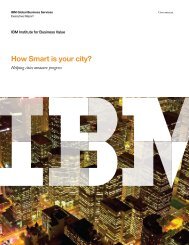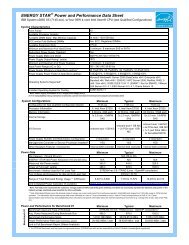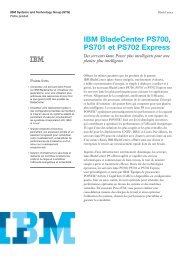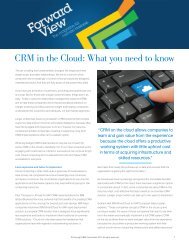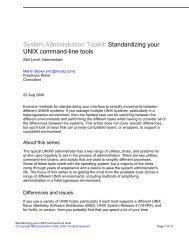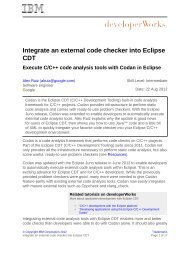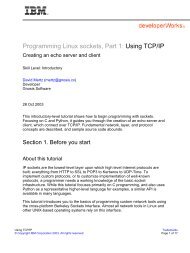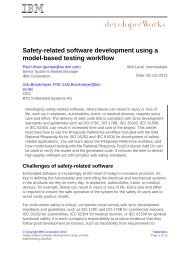TEC Workbook - IBM
TEC Workbook - IBM
TEC Workbook - IBM
Create successful ePaper yourself
Turn your PDF publications into a flip-book with our unique Google optimized e-Paper software.
<strong>IBM</strong> Software<br />
2.1.1 Client-Side (Front) Processing Phase<br />
During this phase, the received message will be directed to the service object that is configured for the IP<br />
address and port combination on which the message was received. Once the service object (such as a<br />
Multi-protocol Gateway or XML Firewall) receives the message, a significant amount of processing of the<br />
message occurs. For example:<br />
● If SSL is configured for the service, SSL negotiation and decryption of the data stream will<br />
occur.<br />
● SOAP envelope validation.<br />
● Protocol-specific actions such as HTTP header suppression or injection.<br />
● Inspection for known XML threats.<br />
This is not an exhaustive list, but gives an idea of some of the actions that occur upon receiving a<br />
message. The results of these pre-processing steps could result in the message being rejected before<br />
any message processing is even attempted.<br />
2.1.2 Service Processing Phase<br />
Once the client-side processing phase has completed and accepted the message, the message will be<br />
passed to the service’s processing policy. This is often referred to as Multistep processing. A Processing<br />
Policy is a list of rules that contain actions that can be applied to a message. Actions are specific<br />
operations that are applied to a message such as encryption and decryption, message signing,<br />
authentication, etc. As the request message passes through the processing policy, the actions are<br />
applied to the message in a specified sequence, ultimately resulting in the message that will be passed<br />
to the server-side processing phase.<br />
2.1.3 Server-Side (Back) Processing Phase<br />
If the message makes it to this phase, it has been accepted by the client-side phase and processed by<br />
the service phase. It’s now ready to be sent to the backend server. Before sending though, some<br />
additional steps may be required. Those steps may include:<br />
● Establishing a new SSL connection to the back side server.<br />
● Setting additional headers in the request.<br />
● Mediating protocol versions (i.e. HTTP 1.1 to HTTP 1.0).<br />
● Other protocol related tasks for WebSphere MQ, WebShere JMS, FTP, NFS, etc.<br />
Once all of the server-side processing is complete, the message is sent to the backend destination.<br />
2.1.4 Response Processing<br />
When (and if) a response is received from the backend server, the three phases will occur again to verify<br />
the validity of the response, execute a processing policy, and then forward the response back to the<br />
original client. The processing phase can be configured to have separate rules for request and response<br />
processing.<br />
Page 30 WebSphere Lab Jam



